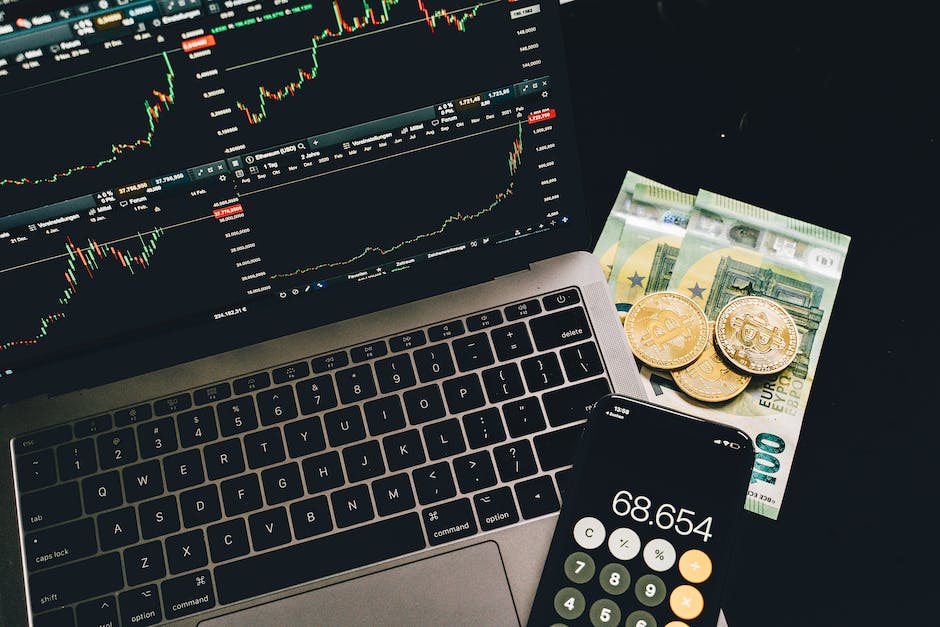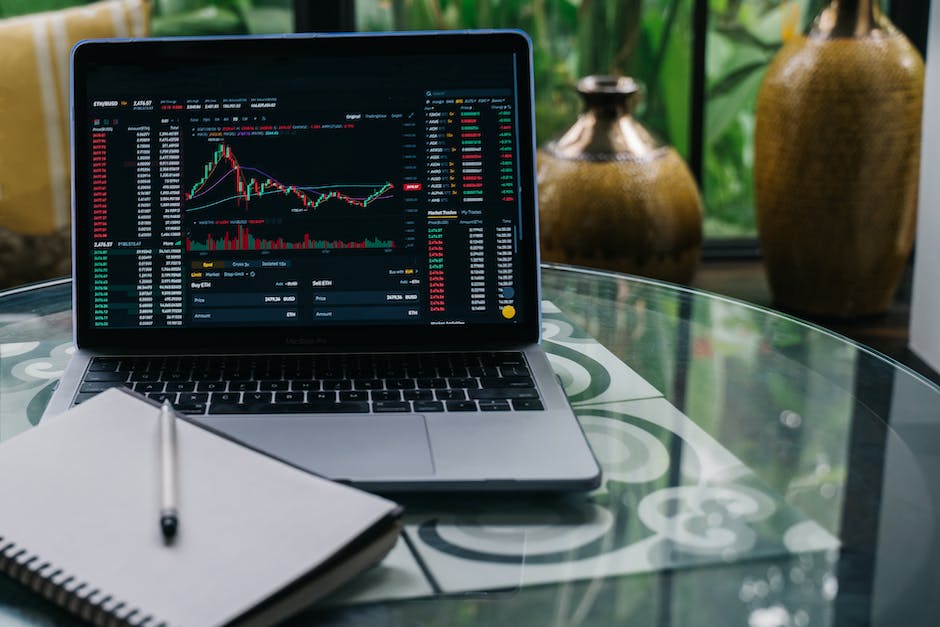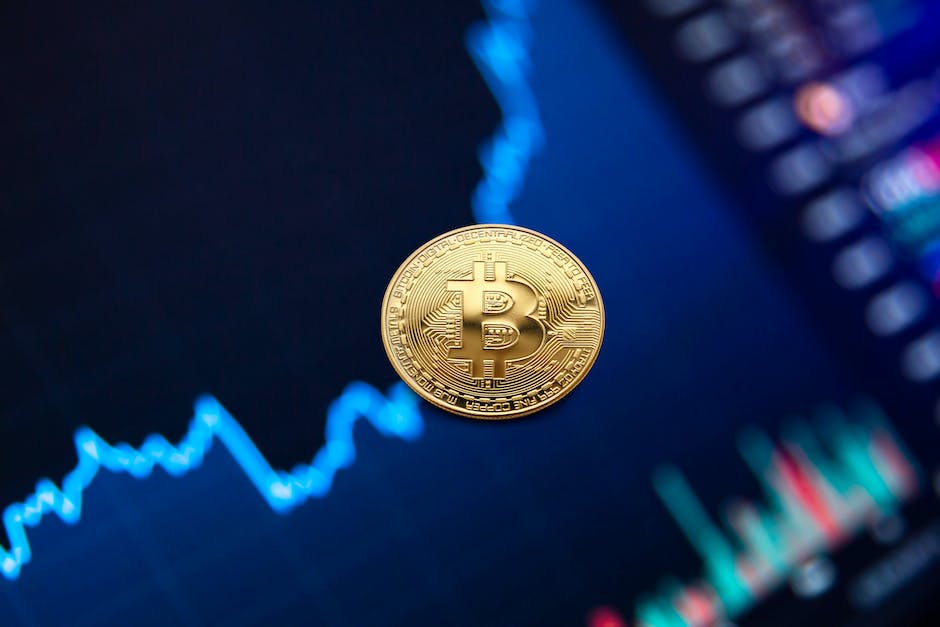Table of Contents
If you’re looking to make money on stocks without relying on dividends, there are a few strategies you can use. One approach is to focus on stocks that are undervalued by the market. Another strategy is to look for companies with strong fundamentals that are growing rapidly.
Some investors also focus on short-term trading opportunities in non-dividend stocks. This involves buying stocks that are expected to rise in the short-term and selling them once they have reached your price target.
Whatever strategy you choose, remember that making money on non-dividend stocks requires patience and careful research. With a bit of effort, you can find plenty of opportunities to profit from non-dividend stocks.
There is no one-size-fits-all answer to this question, as the best way to make money on non-dividend stocks will vary depending on the individual stock and the market conditions at the time. However, some tips on how to make money on non-dividend stocks include:
– Doing your research: make sure you know everything you can about the stock before investing. This includes understanding the company’s financials, its competitive landscape, and any potential risks.
– Checking the market conditions: keep an eye on the overall market conditions, as this can impact the performance of individual stocks.
– Buying when the stock is undervalued: look for stocks that are trading below their intrinsic value. This could provide upside potential when the stock eventually returns to its fair value.
– Selling when the stock is overvalued: even non-dividend stocks can get overvalued by the market. If you think a stock is overvalued, consider selling it to lock in profits.
How do you make money on stocks that don’t have dividends?
Dividends are a way for companies to share their profits with investors. Companies that don’t offer dividends are typically reinvesting their profits back into the company to help it grow. This can eventually lead to greater increases in the stock price and value for investors.
There are a few reasons why an investor might choose to buy stocks without dividends. One reason is that the investor may believe that the company will generate higher returns by reinvesting its earnings into other projects. Another reason is that the investor may not need the income from dividends and prefer the company to reinvest its earnings. Finally, the investor may believe that the company will eventually start paying dividends once it becomes more profitable.
How much do I need to invest to make $1000 a month in dividends
Assuming you are referring to a 2% dividend yield, in order to generate $12,000 in annual dividend payments, you would need to invest $600,000 up front. This is because a 2% dividend yield means that for every $100 you invest, you will receive $2 in dividend payments each year. Therefore, in order to receive $12,000 in dividends, you would need to invest $600,000.
There are a few different ways to make money with dividends, and each has its own set of pros and cons.
1. Invest in stocks that pay dividends: This is a fairly straightforward way to make money with dividends. You simply invest in stocks that pay dividends, and then you receive those dividends as income. The main advantage of this approach is that it can provide a steady stream of income. The main downside is that it can be risky, since the value of your stocks can go up and down.
2. Reinvest all dividends received: Another way to make money with dividends is to reinvest all of the dividends you receive. This means that you use the dividends you receive to purchase more shares of the same stock. The advantage of this approach is that it can help you compound your gains. The downside is that it can be risky, since the value of your stocks can go up and down.
3. Invest for higher dividend yields: Another way to make money with dividends is to invest for higher dividend yields. This means that you invest in stocks that pay high dividends. The advantage of this approach is that it can provide a higher income. The downside is that it can be riskier, since the value of your stocks can go up
Why Tesla doesn t pay dividends?
A dividend is a distribution of a company’s earnings to its shareholders. A high stock valuation means that the company’s shares are worth more than the underlying value of the company. Even if Tesla decided to initiate a dividend, it would be meaningless for its shareholders due to the stock’s high valuation. For instance, if Tesla decides to distribute 30% of its earnings to its shareholders in the form of dividends, the stock will offer just a 10% dividend yield.
A stock split is a corporate action in which a company divides its existing shares into multiple shares. This action is generally not taxable, as the cost basis per share is updated to reflect the new stock structure and price. This means that the total market value of the shares is the same as before the split. Therefore, no taxes are owed on the stock split.
What are non dividend stocks called?
A zero-dividend preferred stock is a type of investment that can offer the investor both capital appreciation and a one-time payment at the end of the investment term. This can be an attractive option for those looking for income from their investments without the hassle of having to receive and reinvest dividends.
Chasing a high dividend yield just for the sake of dividends is generally not the best retirement strategy. While you can live off the dividends from your investments, it might not be the optimal retirement strategy. You’re generally better off optimizing your portfolio’s total return than you are chasing a high dividend yield just for the sake of dividends.
Is it smart to buy a stock right before dividend
If you purchase a stock on its ex-dividend date or after, you will not receive the next dividend payment. Instead, the seller gets the dividend. If you purchase before the ex-dividend date, you get the dividend.
There are many ways to generate passive income, which can help you build wealth over time. Here are 23 passive income ideas to consider:
1. Create a course: Share your knowledge and expertise by creating an online course.
2. Write an e-book: Turn your ideas into a digital book that can be sold on platforms like Amazon Kindle.
3. Flip retail products: Find and purchase products at retail prices and sell them for a higher price online.
4. Sell photography online: If you’re a talented photographer, you can sell your photos on platforms like Shutterstock.
5. Dividend stocks: Invest in stocks that pay dividends, which can provide you with a regular income stream.
6. Rent out a parking space: If you have an extra parking space, you can rent it out to generate passive income.
7. Sponsored posts on social media: Partner with brands and businesses to promote their products or services on your social media channels.
8. Create a blog: Use your writing skills to create a blog and generate income through advertising or affiliate marketing.
9.Design web templates: Create and sell web templates on platforms like ThemeForest.
10.Start an
How much money does it take to live off dividends?
If you want to live off of dividends, you need to have a pretty penny saved up. According to recent studies, the average household in the United States would need to have $1,687,500 invested in order to live off of the dividends alone. This number is based off of the median household income in the States of $67,500. And this is all under the assumption that you would be earning a 4% dividend yield on the amount of money you have invested in dividend stocks. So, if you’re looking to retire early and live off of your dividends, start saving now!
The most recent earnings of dividend stocks show that some companies are doing better than others. IBM International Business Machines, for example, reported strong earnings for the third quarter of 2022. However, other companies such as AT&T and Xerox reported weak earnings for the same period.
Could you live off dividends for the rest of your life
To an extent, yes, the Nifty 50 delivered a total return (including price and dividends reinvested) of 1767% over the same 5 years. However, high dividend companies tend to be mature and slow-growing businesses and then can lag behind fast-growing young companies that are reinvesting the cash they generate into the business.
$1 million will make a lot of interest per year, especially if it is invested in something like the stock market. However, it is important to keep in mind that there is no guarantee that you will make any money back, and in fact, you could end up losing money. Always consult with a financial advisor before making any decisions about investing your money.
How much does Warren Buffett make in dividends?
Buffett is one of the most successful investors of all time, and he’s accomplished this in large part through his focus on dividend-paying stocks. In fact, Berkshire Hathaway’s portfolio is currently composed of almost entirely dividend-paying stocks.
Despite this, Buffett still only invests in a relatively small number of stocks. In fact, he only invests in companies that he feels he understands well and that have a sustainable competitive advantage.
It’s clear that Buffett’s focus on dividend stocks has paid off. He’s currently raking in billions of dollars in annual dividend income from just three stocks: Apple, Bank of America, and Wells Fargo. And given his track record, there’s a good chance that this income stream will continue to grow in the years to come.
Apple Inc. (AAPL) is a publicly traded company listed on the Nasdaq Stock Exchange. As of December 2019, Apple had a market capitalization of $1.3 trillion, making it the most valuable publicly traded company in the world. Apple is well-known for its popular products such as the iPhone, iPad, and MacBook. In addition to consumer electronics, Apple also offers business and enterprise services through its iCloud and AppleCare divisions.
One important thing to note about Apple is that it pays a dividend four times a year. This dividend is usually payable in late February, May, August, and November. For example, in 2019, the dividend dates were February 21, May 16, August 15, and November 14. Based on the most recent closing stock price of $289.02 per share, Apple’s dividend yield is approximately 1.83%.
Does Google stock pay a dividend
Alphabet Inc (GOOG) is a publicly traded company with no dividend currently offered to shareholders. This may be due to the company’s focus on reinvesting profits back into the business for growth opportunities. For investors seeking income from their holdings, this could be a deterrent. However, those focused on capital gains may view this as a positive, as the company’s profits are instead being reinvested into the business for potential future growth.
Amazon (AMZN) has not paid out any dividends since it was founded in 1994. While the company has been profitable for many years, it has reinvested its earnings back into the business to fuel its growth. As a result, Amazon does not have a long history of dividend payments.
However, in May 2020, Amazon announced that it would begin paying quarterly dividends to shareholders. The first dividend was paid in Q3 2020, and the company has continued to pay dividends in each subsequent quarter since then.
As of January 10, 2023, the current TTM dividend payout for Amazon is $000 per share. The current dividend yield for Amazon is 000%.
How do I avoid dividend tax
Dividends are money that shareholders receive from a company based on the profits that the company has earned. While dividends can be a great way to earn additional income, they can also be taxed at a high rate. There are a few ways to avoid paying taxes on dividends, including staying in a lower tax bracket, investing in tax-exempt accounts, investing in education-oriented accounts, investing in tax-deferred accounts, and avoiding companies that don’t pay dividends.
Capital gains are realized anytime you sell an investment and make a profit. And, yes, this applies to all mutual fund shareholders even if you didn’t sell your shares during the year.
Does selling stock count as income
If you make a profit on the sale of a stock, it is generally taxable at either 0%, 15%, or 20%. The tax rate depends on how long you held the shares. If you held the shares for a year or less, the tax rate is your ordinary tax rate. If you held the shares for more than a year, the tax rate is 0%, 15%, or 20%.
There are four types of stocks to consider when making an investment: blue chip stocks, growth stocks, speculative stocks, and range bound stocks.
Blue chip stocks are those with solid foundations and track records of decades or centuries. These organizations are typically large and well-established, and their stocks offer stability and security.
Growth stocks are in great favor right now, as investors seek out companies with strong potential for future growth. These stocks can be more volatile than blue chips, but they offer the potential for greater returns.
Speculative stocks are those with no actual fundamental logic. These stocks are often high-risk and high-reward, and they should only be considered by investors with a high tolerance for risk.
Range bound stocks are those that tend to move within a certain range. These stocks may not offer the potential for high returns, but they offer more stability than speculative stocks.
Why does Amazon not pay dividends
Amazon has always been an innovative company, choosing to reinvest its profits back into the business instead of paying dividends to shareholders. This has allowed them to grow rapidly and expand into new markets, as we’ve seen in recent years with their forays into the grocery and pharmacy businesses. This growth-oriented approach is likely to continue in the future, meaning that investors shouldn’t expect Amazon to start paying dividends any time soon.
The directors of a company may decide not to declare a dividend even if there are available profits for distribution. This might be the case if the company needs to use the profits to fund more investment into the company, to ensure its success. Non declaration of dividends is not an uncommon practice and is usually done in the best interests of the company.
Do rich people live on dividends
There are a few different interpretations of this statement, but the general idea is that wealthy people invest their money in ways that create jobs and economic growth, even while they personally benefit from the invested capital. One example of this is investing in businesses or real estate. By doing so, the rich person provides capital to businesses and helps to create jobs, while also collecting dividends, rents, or interest payments from their investment. While there are certainly other ways to create jobs and economic growth, this is one example of how the rich can help society even while personally benefiting from their wealth.
Dividends can make you rich, but it requires a lot of work to get there. You need to invest in high-quality dividend stocks, keep your investment costs low, and have a tax minimization strategy. Plus, you need to be patience and stay in the market for a long time.
How much dividends does $1 million dollars make
This is a great way to generate extra income on top of your regular salary. If you are looking to retire soon, this could be a great way to supplement your income. Remember, you must pay taxes on your dividends, so be sure to factor that in when you are considering this options. Thanks for reading and I hope this helps!
To be eligible for dividends, you need to have the stock in your demat account on the record date of the dividend issue. You should have bought the stock at least one day before the ex-date to ensure that the stock is delivered in your demat account by the record date.
Conclusion
There are a few things you can do to make money on non-dividend stocks. One thing you can do is to find stocks that are trading at a discount to their intrinsic value. Another thing you can do is to invest in companies that are growing their earnings at a rapid pace. Lastly, you can also look for stocks that are spun off from companies that are performing well.
There are many ways to make money on non dividend stocks. You can buy them when they are undervalued and sell them when they are overvalued. You can also sell short when the stock is overvalued and buy when the stock is undervalued.
